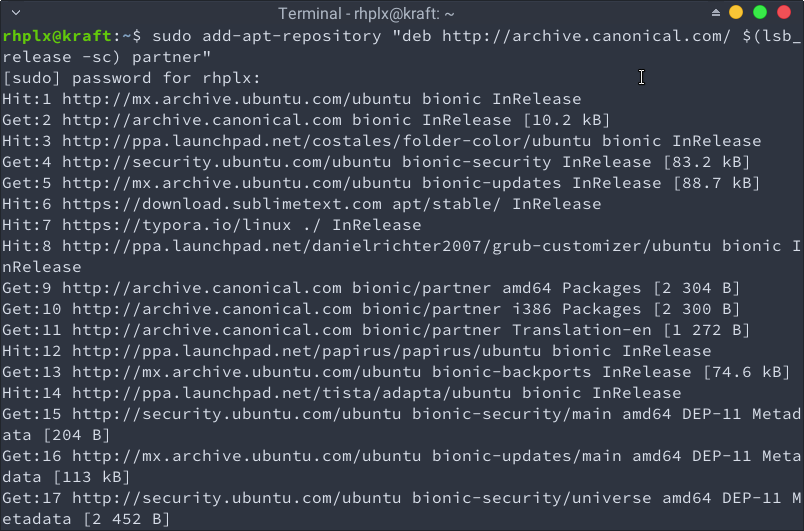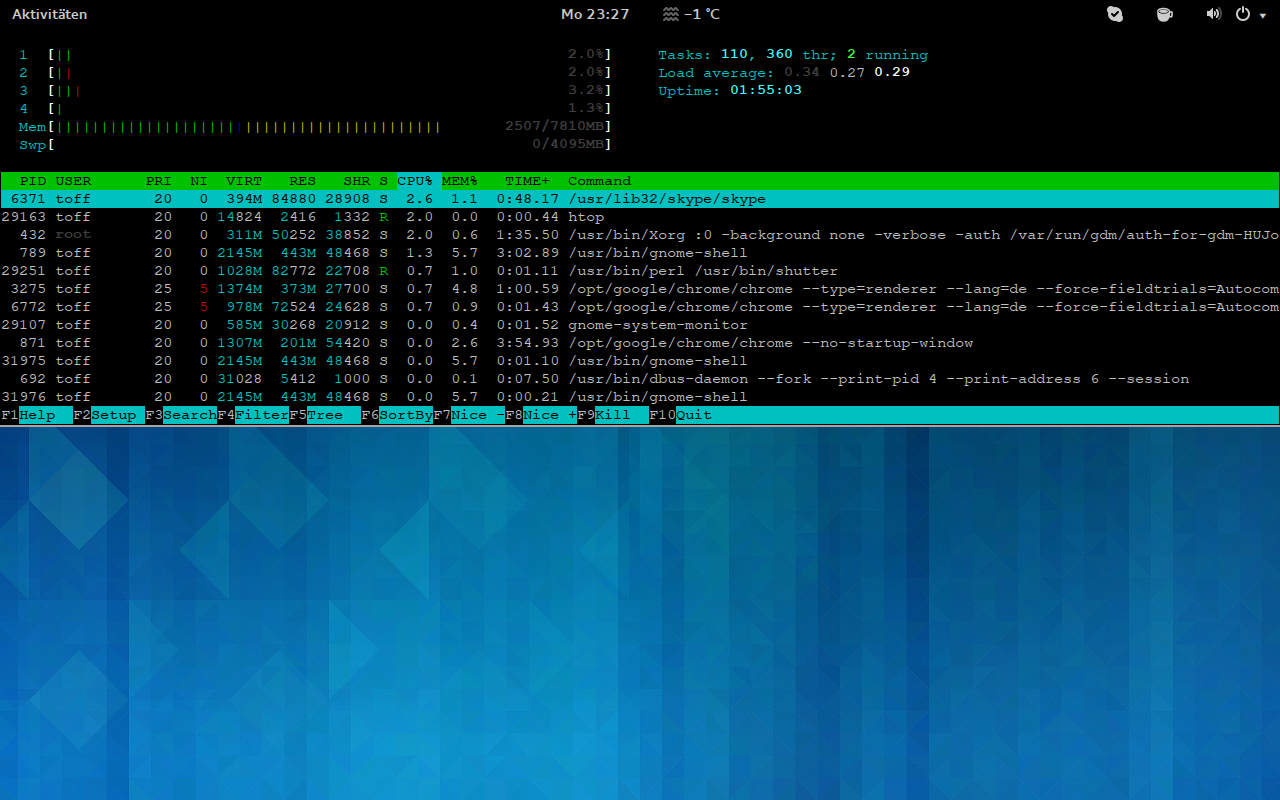

- #HOW TO INSTALL HTML5 FLASH ON TERMINAL SERIAL#
- #HOW TO INSTALL HTML5 FLASH ON TERMINAL DRIVERS#
- #HOW TO INSTALL HTML5 FLASH ON TERMINAL CODE#
- #HOW TO INSTALL HTML5 FLASH ON TERMINAL TRIAL#
#HOW TO INSTALL HTML5 FLASH ON TERMINAL SERIAL#
Keep in mind that the WebUSB library I'm using is just implementing one example protocol (based on the standard USB serial protocol) and that manufacturers can create any set and types of endpoints they wish. If you're not familiar with them, check out this great Promises tutorial. The WebUSB API relies heavily on JavaScript Promises. You can define a feature policy that controls whether the usb attribute is exposed on the Navigator object, or in other words if you allow WebUSB.īelow is an example of a header policy where WebUSB is not allowed: Feature-Policy : fullscreen "*" usb "none" payment "self" īelow is another example of a container policy where USB is allowed: Let's start coding # It can be defined via an HTTP header and/or an iframe "allow" attribute.

Feature Policy #Ī feature policy is a mechanism that allows developers to selectively enable and disable various browser features and APIs. User gesture required #Īs a security precaution, () may only be called through a user gesture such as a touch or mouse click. This means you'll need to build with TLS in mind. Privacy and security # HTTPS only #īecause of this feature's power, it only works on secure contexts.
#HOW TO INSTALL HTML5 FLASH ON TERMINAL TRIAL#
The latest trial has successfully ended in September 2017. In order to get as much feedback as possible from developers using the WebUSB API in the field, we've previously added this feature in Chrome 54 and Chrome 57 as an origin trial. The WebUSB API is available in Chrome 61. For background information about USB, check out the official USB specifications. If not, I recommend reading USB in a NutShell. This article assumes you have some basic knowledge of how USB works. (On the Web, the space for unused is eventually reclaimed.) Before I start #
#HOW TO INSTALL HTML5 FLASH ON TERMINAL CODE#
#HOW TO INSTALL HTML5 FLASH ON TERMINAL DRIVERS#
If you're unlucky, the installed drivers or applications malfunction and harm your computer. If you're lucky, you'll get no scary OS prompts or popups warning you about installing drivers/applications from the internet.

And that's one of the reasons the WebUSB API has been created: to provide a way to expose USB device services to the Web. Sadly this platform-specific code has historically prevented these devices from being used by the Web. These non-standardized USB devices require hardware vendors to write platform-specific drivers and SDKs in order for you (the developer) to take advantage of them. You're right but you'll find other kinds of Universal Serial Bus (USB) devices out there. If I said plainly and simply "USB", there is a good chance that you will immediately think of keyboards, mice, audio, video, and storage devices.


 0 kommentar(er)
0 kommentar(er)
